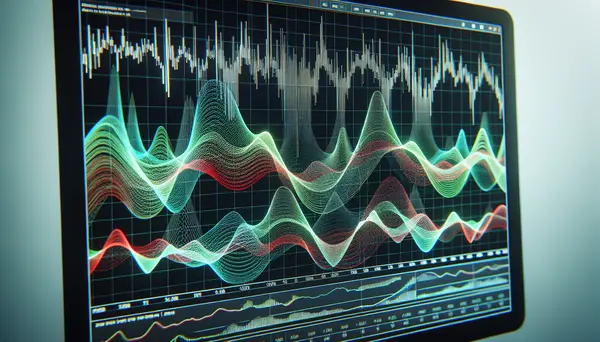Closing Price
Closing Price
Understanding the Closing Price in Trading
When diving into the world of trading, you'll come across many terms that might sound unfamiliar. One such term is the closing price. Don't worry, we're here to help demystify it for you.
What is the Closing Price?
The closing price is a key concept in trading. Quite simply put, it's the final price at which a security, like a stock or a bond, is traded during a regular trading session on a given day. It serves as a crucial benchmark for traders and investors.
Why is the Closing Price important?
There's a reason why professionals pay close attention to the closing price. It indicates the market sentiment at the end of a trading day and can form the basis of the opening price for the next trading session. Many trading decisions like buying, selling, or holding a security are often based on where the closing price stands.
Closing Price in relation to other Trading metrics
In trading, the closing price often interacts with other important metrics. The most common pairings are with the opening price, the highest price, and the lowest price of the day. When plotted on a trading chart, these values as a group can tell a complete story about a trading session.
An Example of Closing Price
For instance, let's image a stock opens at $10, hits a high price of $12 during the day, falls to a low of $9, and then recovers to close at $11. This final price is the closing price, and it represents the market's final valuation of the stock for that particular day.
Summary: Closing Price is Key
Understanding the closing price is a vital aspect of trading. It encapsulates the market sentiment at day's end and can act as a good starting point for making your next move in the trading world. So, the next time you're scanning through your trading chart, be sure to pay attention to the closing price!
Blog Posts with the term: Closing Price

This article serves as a guide to understanding and using moving averages in cryptocurrency trading. Moving averages help simplify price data and provide insights into market trends, making them a valuable tool for making informed investment decisions. However, it is...

Volume Analysis is an essential tool for investors in the financial markets as it provides insights into market trends, price reversals, and market vitality. By correlating volume data with price movements, traders can make more informed and potentially profitable trading...

Crypto market analysis tools are crucial for traders and investors, providing real-time data integration from multiple sources to reveal trends and enable informed decision-making. These tools offer features like technical indicators, predictive modeling, and the ability to focus on specific...

Bitcoin trading analysis involves understanding market behavior and using data like transaction histories, price charts, and volumes to predict price movements through technical or fundamental analysis. Technical analysis focuses on patterns in past data to forecast future prices, while fundamental...

This article introduces the concept of candlestick patterns in trading and explains their origins. It discusses the pros and cons of using candlestick patterns to decode price movements and identifies some key patterns that traders can use to make more...

Breakout Trading Techniques are a strategy used to trade cryptocurrencies and other assets by buying when the price breaks above a resistance level and selling when it breaks below a support level. This strategy aims to capture significant price movements...

Pivot Point Trading is a technique used in trading to identify key entry and exit points based on calculated pivot points. It can be applied to various markets, including stocks, commodities, Forex, and cryptocurrencies, to anticipate market movements and generate...

Cryptocurrency trading involves exchanging digital assets based on market predictions and operates 24/7, with prices influenced by supply and demand, investor behavior, news, and technology. Traders must understand different trading forms like spot or futures trading, choose a secure exchange...

To effectively trade cryptocurrencies, one must understand crypto market analysis, which includes fundamental and technical analysis as well as sentiment analysis to predict price movements. Utilizing various indicators like trading volume, volatility, moving averages, RSI, and MACD within daily analyses...

Understanding crypto market chart analysis is crucial for successful cryptocurrency trading, involving the examination of historical price data to predict future movements and make informed decisions. Key indicators like Moving Averages (MA), Relative Strength Index (RSI), and MACD are vital...

Cryptocurrency trading involves exchanging digital assets like Bitcoin and Ethereum to profit from market fluctuations, with the process being secured by cryptography and taking place in a decentralized global market. When choosing an exchange platform, factors such as security, user...

Bitcoin trading, similar to stock trading, involves buying Bitcoin at a low price and selling when the price increases. It requires knowledge about the crypto market, gut instinct, robust strategies and understanding of spot and derivatives trading methods; it also...

Crypto market analysis involves both qualitative and quantitative methods to assess cryptocurrency markets, focusing on supply-demand dynamics influenced by external factors like economic events and technological advancements. Advanced tools such as candlestick charts, moving averages, and RSI are crucial for...

Market analysis in cryptocurrency trading is crucial for making informed decisions and involves two main approaches: technical analysis, which examines past price data to identify trends using tools like candlestick charts and MACD, and fundamental analysis, which assesses external factors...


